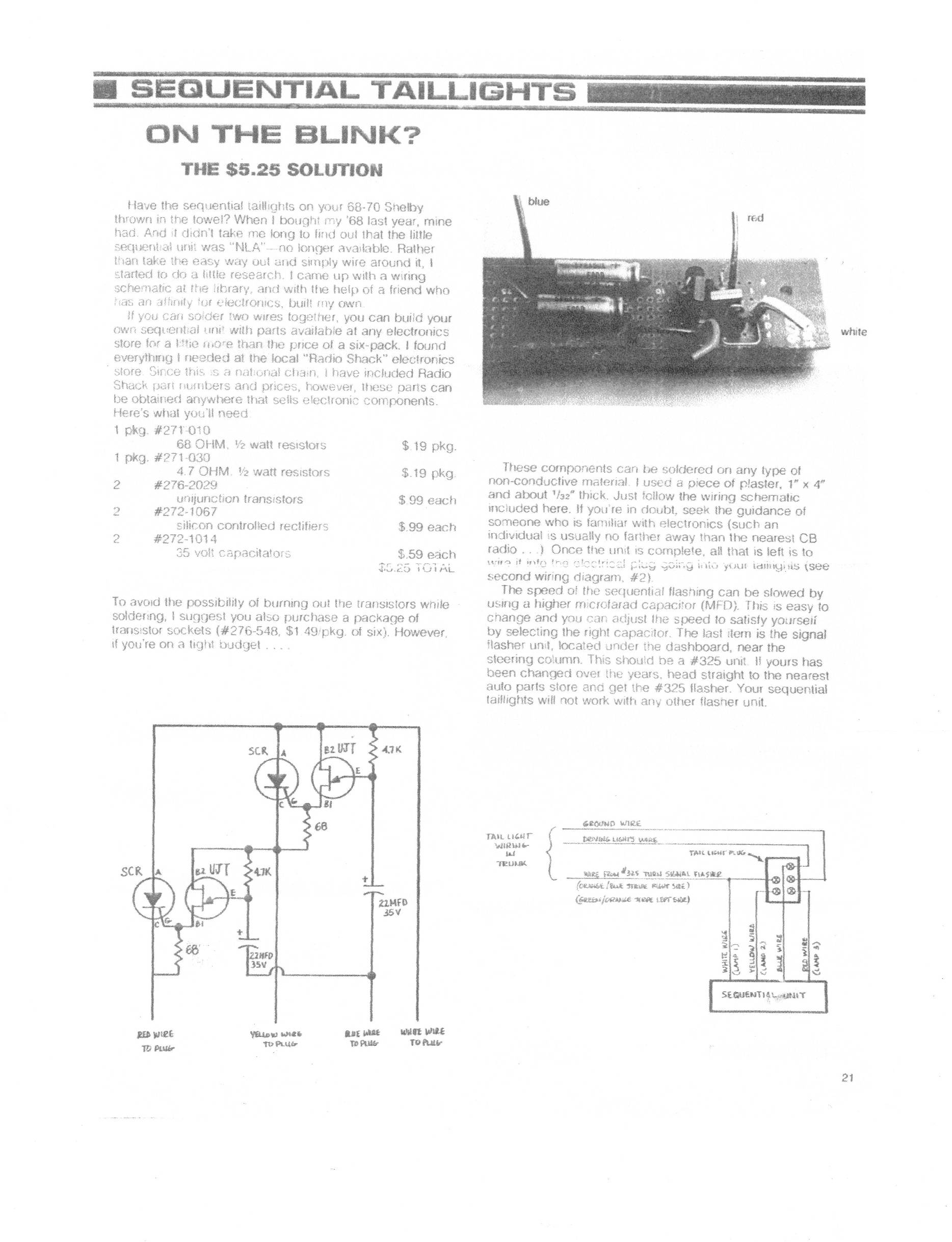apollard
Active Member
You are using a computer power supply? Try using a battery - power supplies can have high frequency noise on them, which might be the problem (ie, triggering the reset). If that doesn't work <shrug>, leave the resistance on the rest (although it should not need it).



